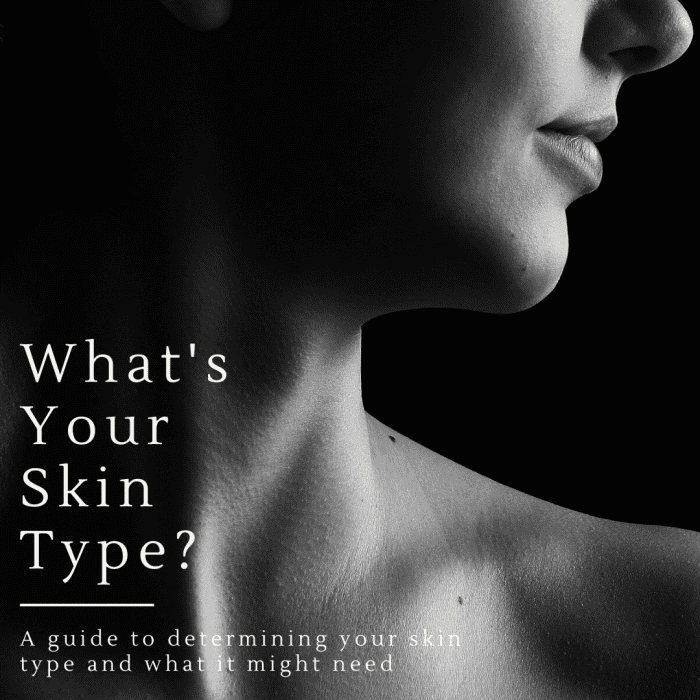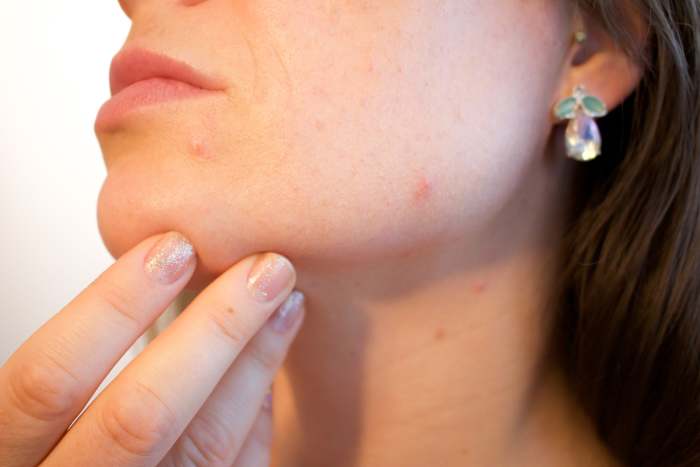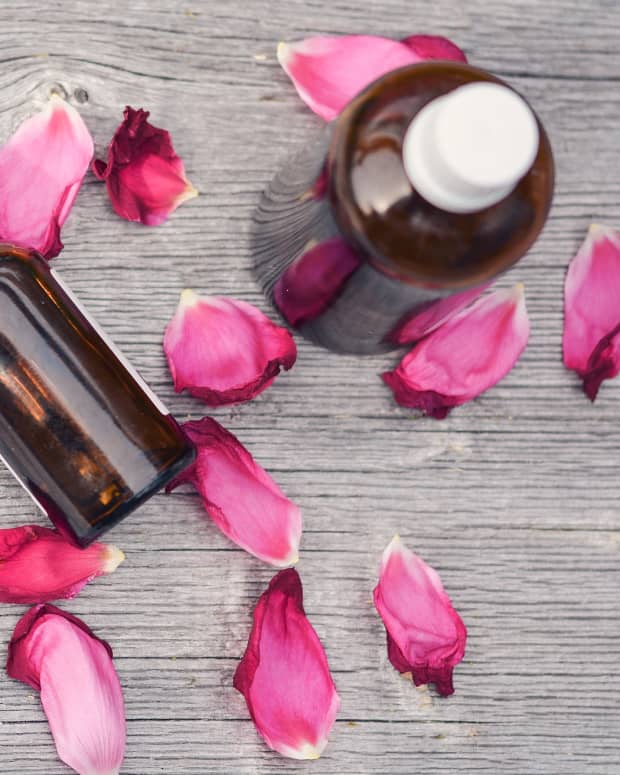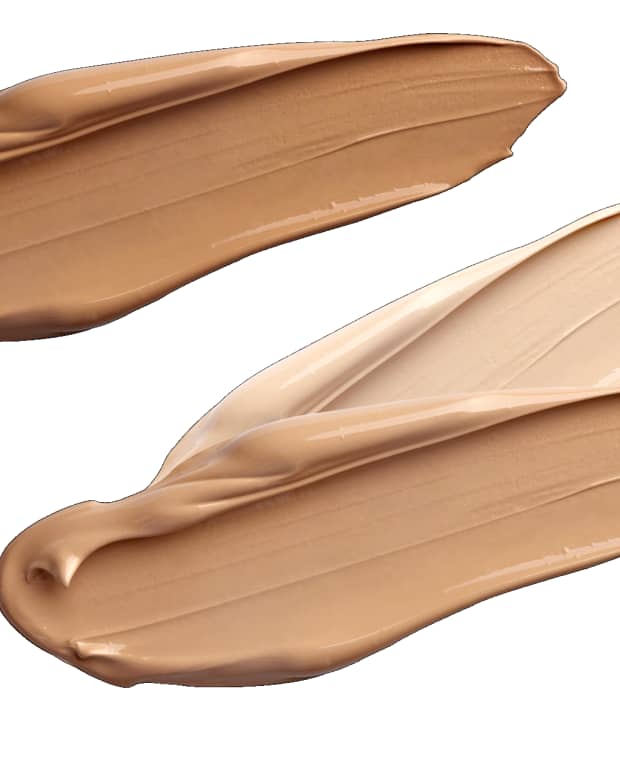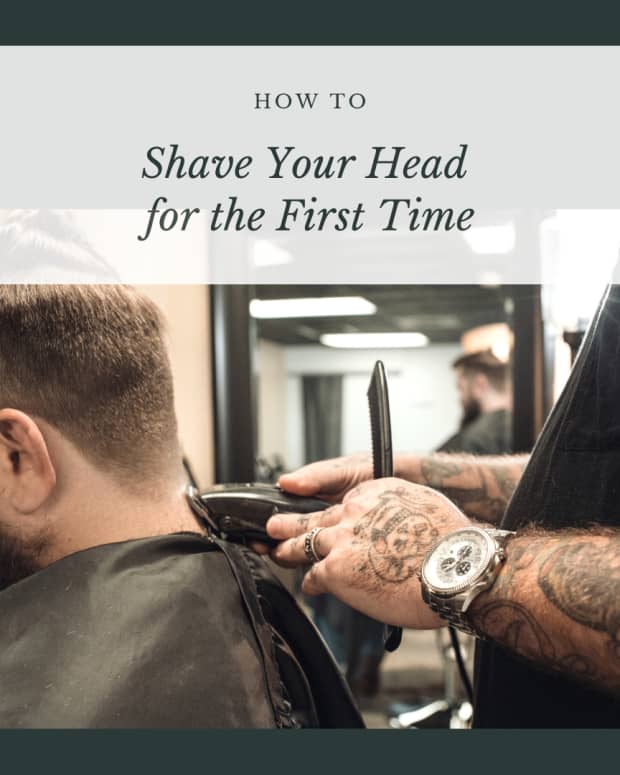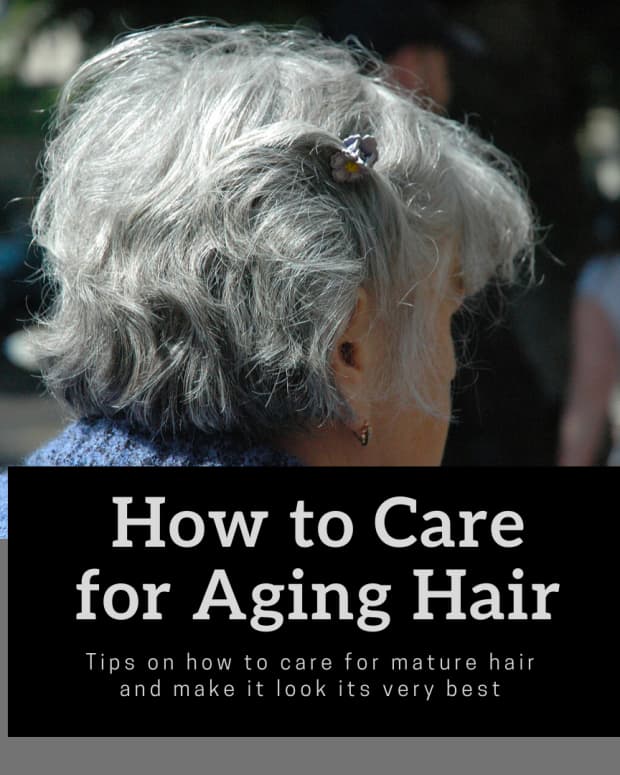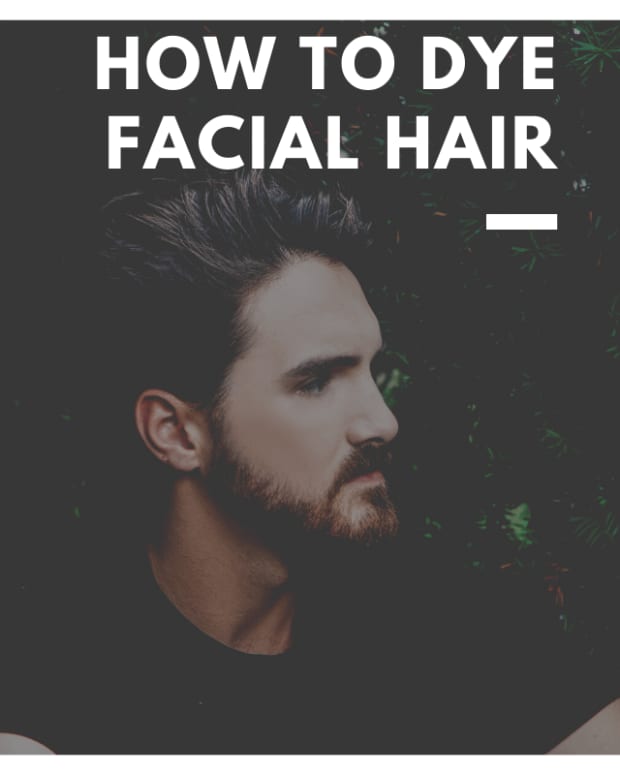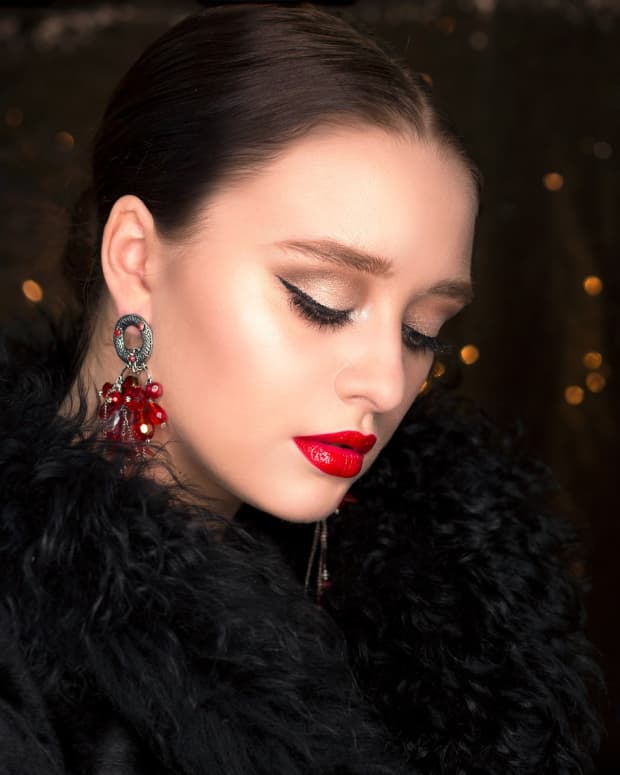How to Determine Your Skin Type
A beauty consultant by profession, Jayne has been advising on correct skin and hair care, makeup, and other cosmetics for almost 20 years.
If your trusted skin care products suddenly stop working, it may be time for a skin type test. It’s easy to do and will allow you to once again satisfy your skin's specific needs without too much experimentation.
When Skin Changes
Skin care products are formulated for five basic skin types: normal, dry, oily, combination, and sensitive. But determining which will satisfy your skin's needs exactly at any given time is often easier said than done.
Skin quality is affected by hormonal fluctuations and, sometimes, seasonal and climatic factors. For example, normal skin types may experience dryness during cold weather. Most teenagers go from being oily and acne prone in their early teens to normal in their late teens or early twenties. Pregnancy and menopause also alter the complexion, as do diet and medications.
When your skin changes, the first thing you're likely to notice is that your usual skin care products stop working. This is where the confusion begins: how can you be sure that it's your skin that has changed and not the products? After all, brands do sometimes alter their formula.
The only way to find out is by doing a skin type test.
How to Do a Skin Type Test
A skin type test is best done in the morning on a day when you have a couple of hours to spare.
To accurately assess skin type and condition, it's important that you begin with a clean face. Instead of carrying out your usual skin care regimen, remove makeup (if worn) and cleanse using a gentle face wash with a pH value of 5.5. Don't apply any further skin care products, no matter how your face looks or feels.
After about two hours, your skin will show characteristics typical of its condition.
In a well lit room, blot your face with a cosmetic tissue, then look for the following:
Characteristics of Normal Skin
- The tissue is void of excess oil after blotting.
- Your complexion is blemish free.
- Pores are fine and barely detectable.
- Your face feels relaxed and comfortable.
How to Keep Normal Skin Healthy
Use mild, non-astringent products to cleanse and clarify, and moisturize with light textured creams and lotions.
Contrary to popular belief, a heavier moisturizer and night cream than necessary will not ward against the ravages of time. Instead, the skin will slow down its sebum production, resulting in dryness and, ultimately, premature aging. Similarly, using astringent cleansers and toners as a precaution against spots and breakouts can cause oiliness or, worse still, inflammation and seborrhea-like symptoms (see below).
Characteristics of Dry Skin
- The tissue is void of excess oil after blotting.
- The skin appears thin, flaky, and dull.
- Smiling causes crinkling around the eyes.
- Pores seem invisible.
- Your face began to feel taut moments after washing.
How to Care for Dry Skin
Dry skin is exacerbated by harsh weather, central heating, air conditioning, hot water, and sun exposure.
Use a rich moisturizer formulated specifically for dry skin. The problem with light textured creams and lotions is that they bloat dry skin, causing it to crack. This makes it prone to bacteria and infections, which lead to breakouts.
If dry skin is only a seasonal problem (the result of cold weather), apply a barrier cream suitable for your usual skin type. Due to a greater concentration of occlusive agents, which sit on the skin rather than penetrating it, barrier creams shield against the elements, and can be worn over serum or regular moisturizer.
Read More From Bellatory
Characteristics of Oily Skin
- Excess oil is evident throughout the tissue after blotting.
- The skin is shiny and feels slick to the touch.
- The complexion appears pallid.
- Pores are enlarged.
- You are prone to acne—constant presence of spots, whiteheads and/or blackheads (especially around the nose).
How to Care for Oily Skin
Although oily skin tends not to be sensitive, you still need to protect it from the elements. Apply an oil-free moisturizing gel or lotion formulated specifically for problem skin. This also helps prevent flakiness caused by topical acne medications.
Harsh chemicals used in the treatment of acne, like benzoyl peroxide, may cause severe redness and peeling. If so, consult a medical practitioner who can prescribe or recommend something that is milder but still effective.
Characteristics of Combination Skin
- The cheeks appear dry and may feel taut, while the forehead, nose, upper lip, and chin prove oily after blotting. This is known as the "t-zone", where you may also be prone to acne.
How to Care for Combination Skin
You'll find many skin care products available for combination skin. If none are effective, use separate products appropriate for each facial area.
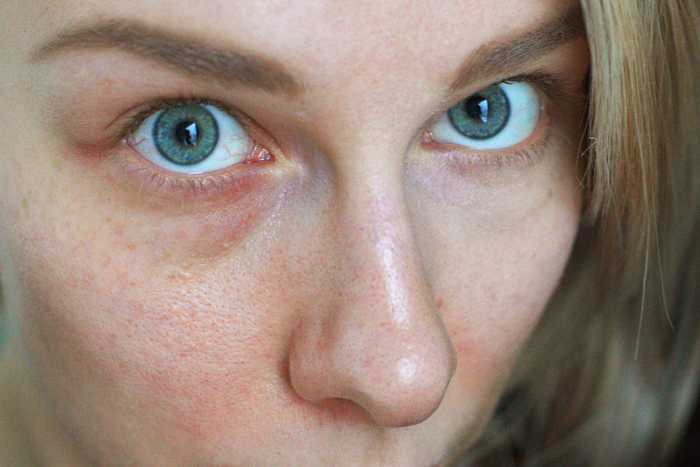
You most likely have sensitive skin if you experience redness or even rashes and itchiness after using certain products.
Obsessive Compulsive Cosmetics4 by Maria Morri (CC BY-SA 2.0) via flickr.com
Characteristics of Sensitive Skin and Seborrhea
The characteristics of sensitive skin and seborrhea can be deceiving. This is why it's important that you not only consider how your skin looks, but how it behaves and feels, too.
Sensitive Skin
If the skin type test indicates normal or dry skin, but you often experience redness, rashes and/or itching after using certain products, you most likely have sensitive skin.
How to Care for Sensitive Skin
Use products formulated specifically for sensitive or allergy prone skin. These are free of irritants like perfume, alcohol, and other astringents.
If you tend to dryness, you'll need a rich moisturizer, but make sure it's suitable for sensitive skin.
Although oily skin tends to be thick and robust, it may be sensitive around the eyes and nose. If so, apply a separate product to these areas.
Be sure to always carry out a 24 hour patch test on the inner elbow before applying a new product to your face.
Seborrhea
If the test indicates oily skin, but your face feels taut after washing, you could be suffering from a form of seborrhea. Other symptoms include a thick and dull texture, as well as boil-like spots that take a long time to heal.
Seborrhea is a skin condition rather than type, but often occurs when acne sufferers continue to use harsh, astringent remedies, unaware that their skin is no longer oily. The result is constant inflammation.
How to Manage Seborrhea-Like Symptoms
Switch to products for sensitive and allergy prone skin. If the condition worsens or there is no improvement after a few days, consult a medical practitioner. Left untreated, the skin may crack, leaving it open to bacteria and infection.
Skin Type Test Results at a Glance
| Skin Type | Characteristics |
|---|---|
Normal | The tissue is void of excess oil after blotting. Your complexion is blemish free. Pores are fine and barely detectable. Your face feels relaxed and comfortable. |
Dry | The tissue is void of excess oil after blotting. The skin appears thin, flaky, and dull. Smiling causes crinkling around the eyes. Pores seem invisible. Your face began to feel taut moments after washing. |
Oily | Excess oil is evident throughout the tissue after blotting. The skin is shiny and feels slick to the touch. The complexion appears pallid. Pores are enlarged. You are prone to acne—constant presence of spots, whiteheads and/or blackheads (especially around the nose). |
Combination | The cheeks appear dry and may feel taut, while the forehead, nose, upper lip, and chin prove oily after blotting. This is known as the "t-zone", where you may also be prone to acne. |
Sensitive | You often experience redness, rashes and/or itching after using certain products. |
Seborrhea | Your face feels taut after washing. A thick and dull skin texture, as well as boil-like spots that take a long time to heal. |
This content is accurate and true to the best of the author’s knowledge and is not meant to substitute for formal and individualized advice from a qualified professional.
© 2018 Jayne Lancer

